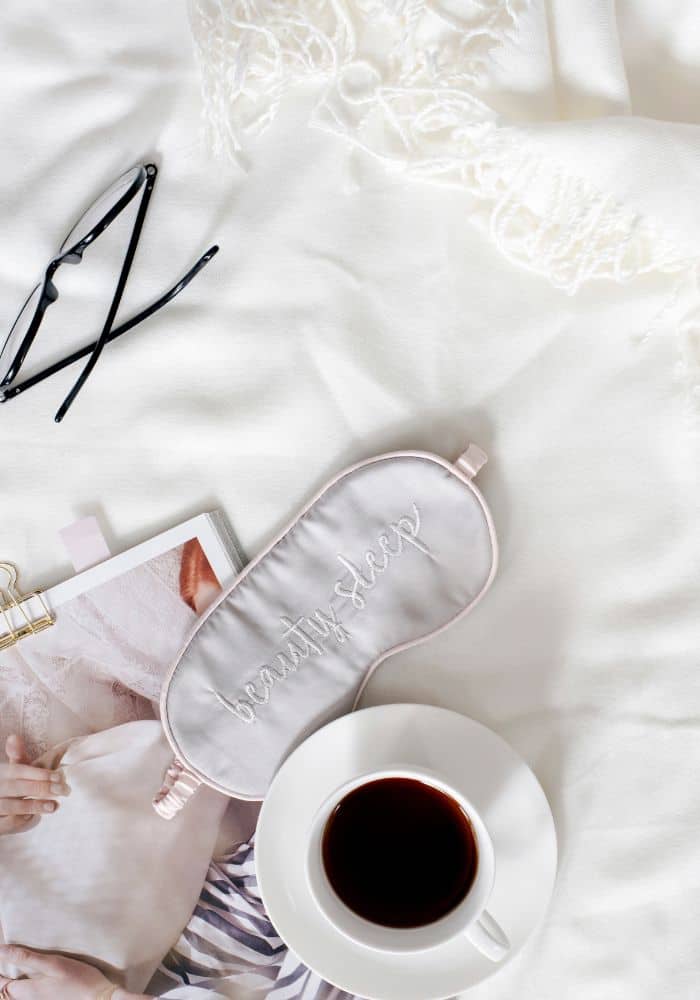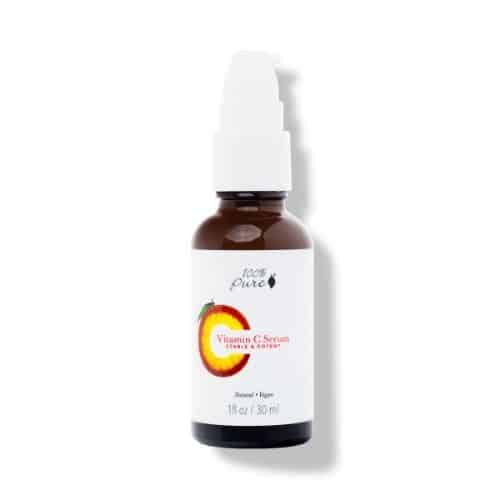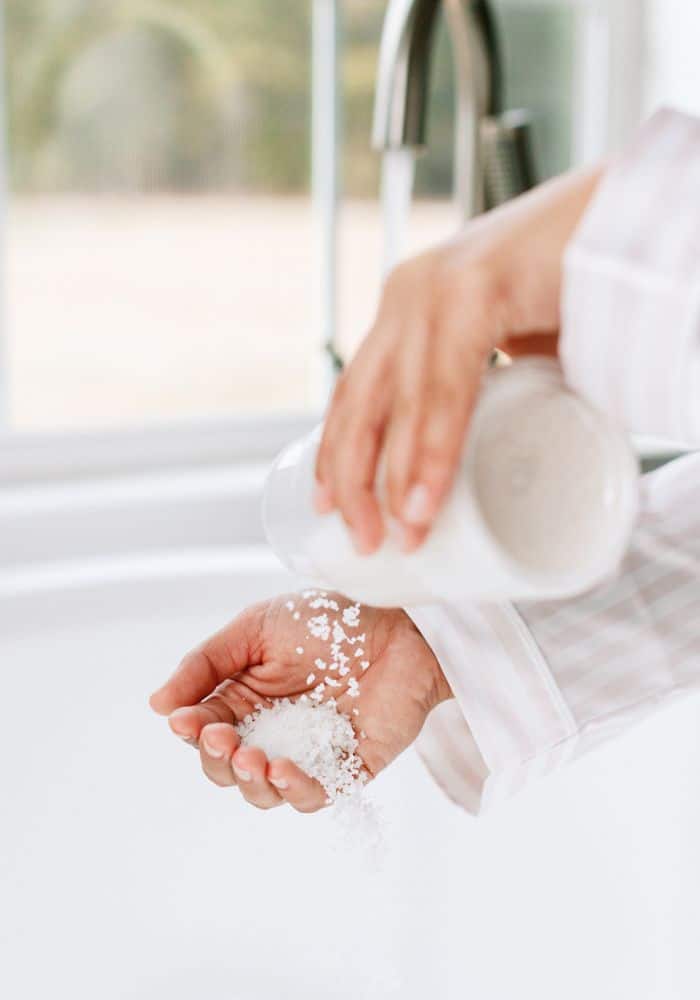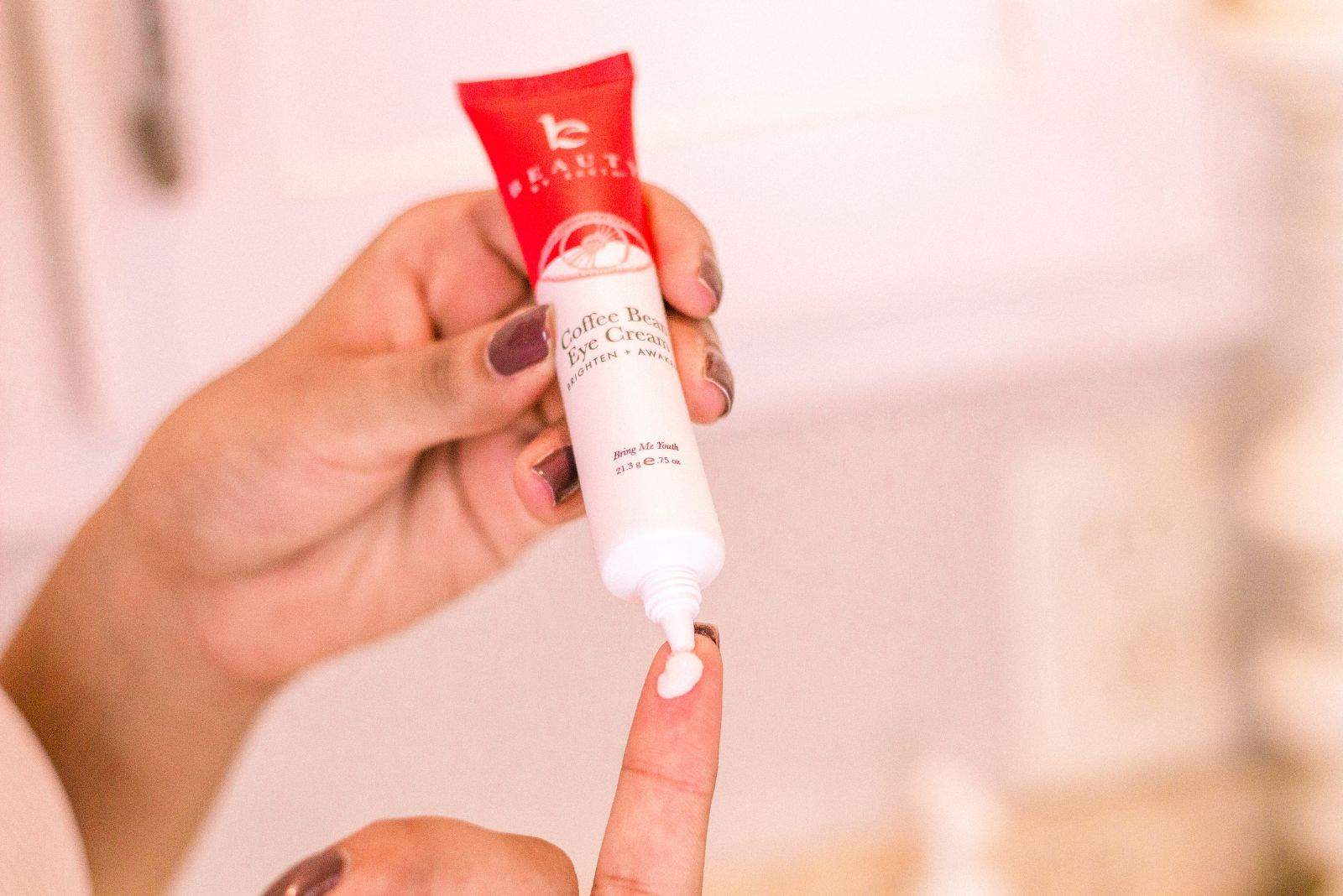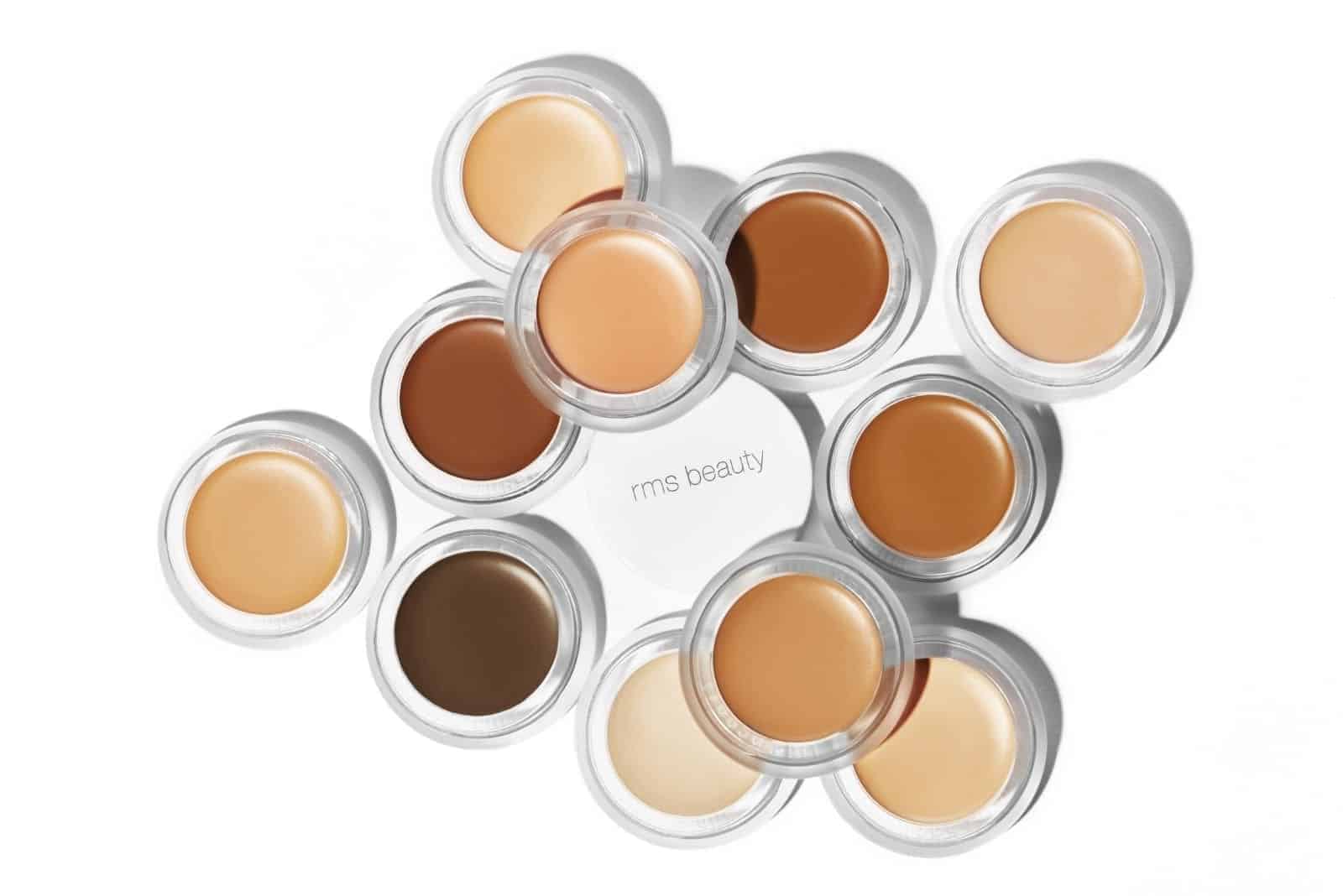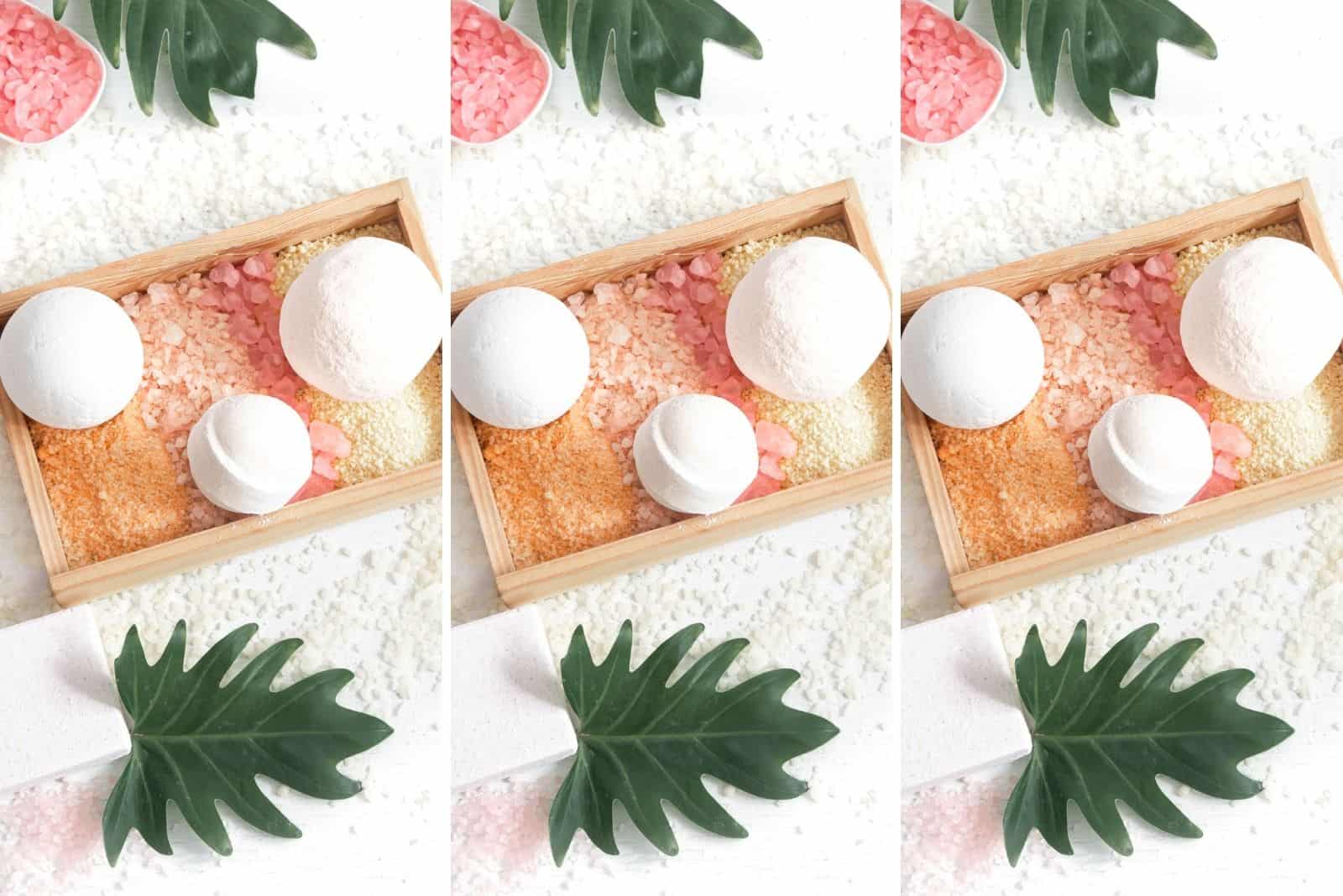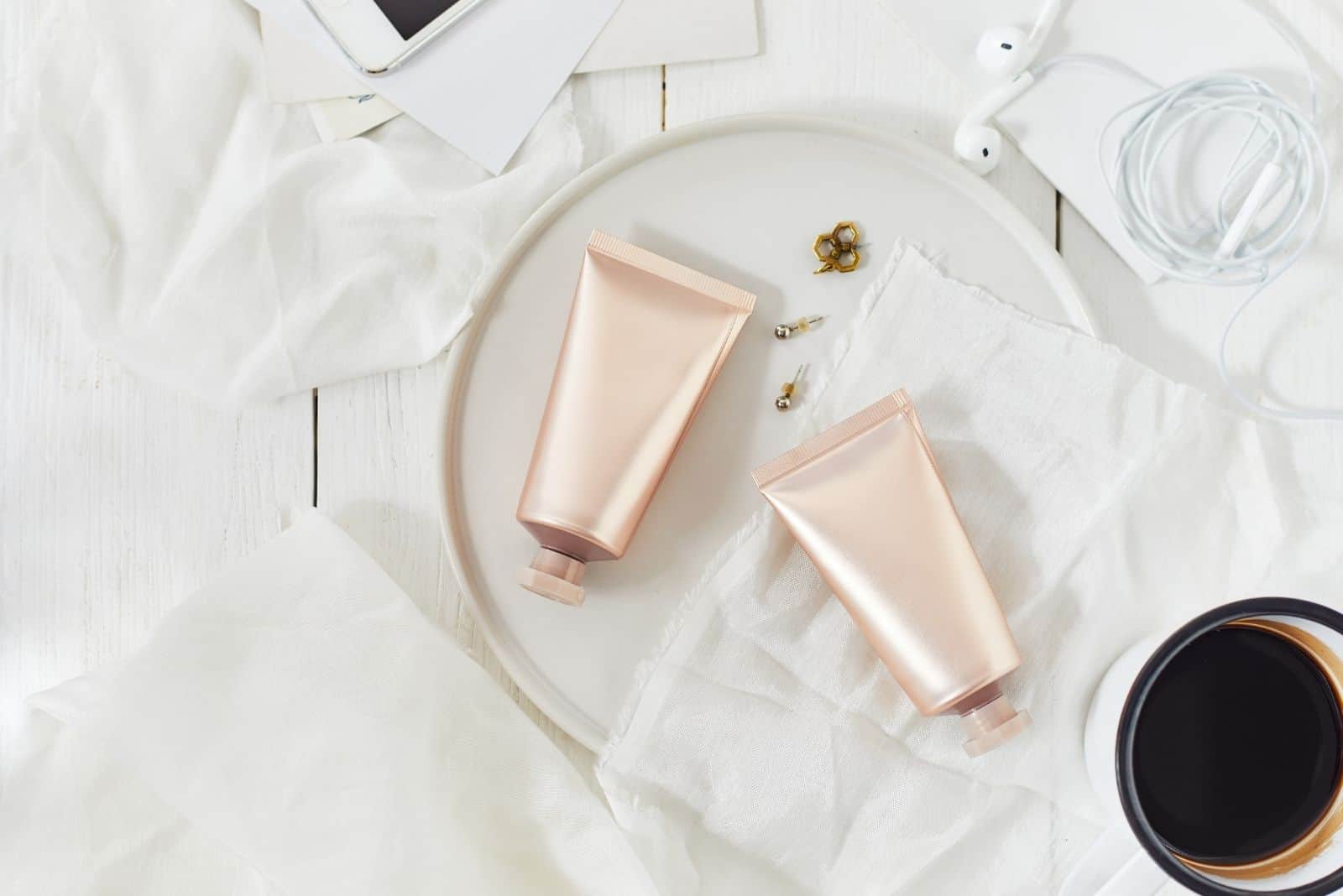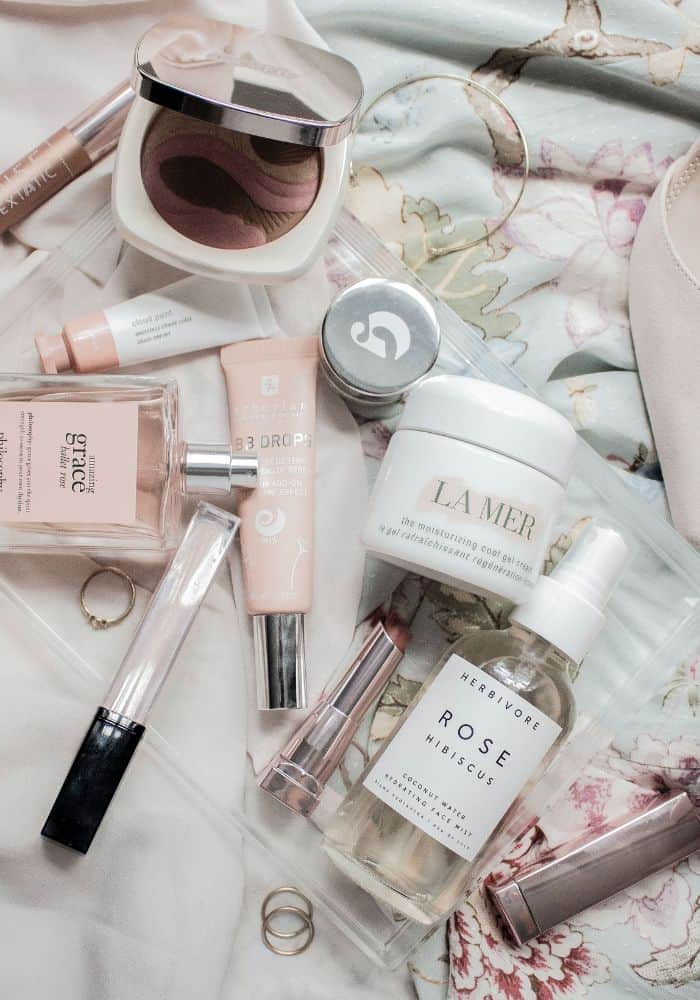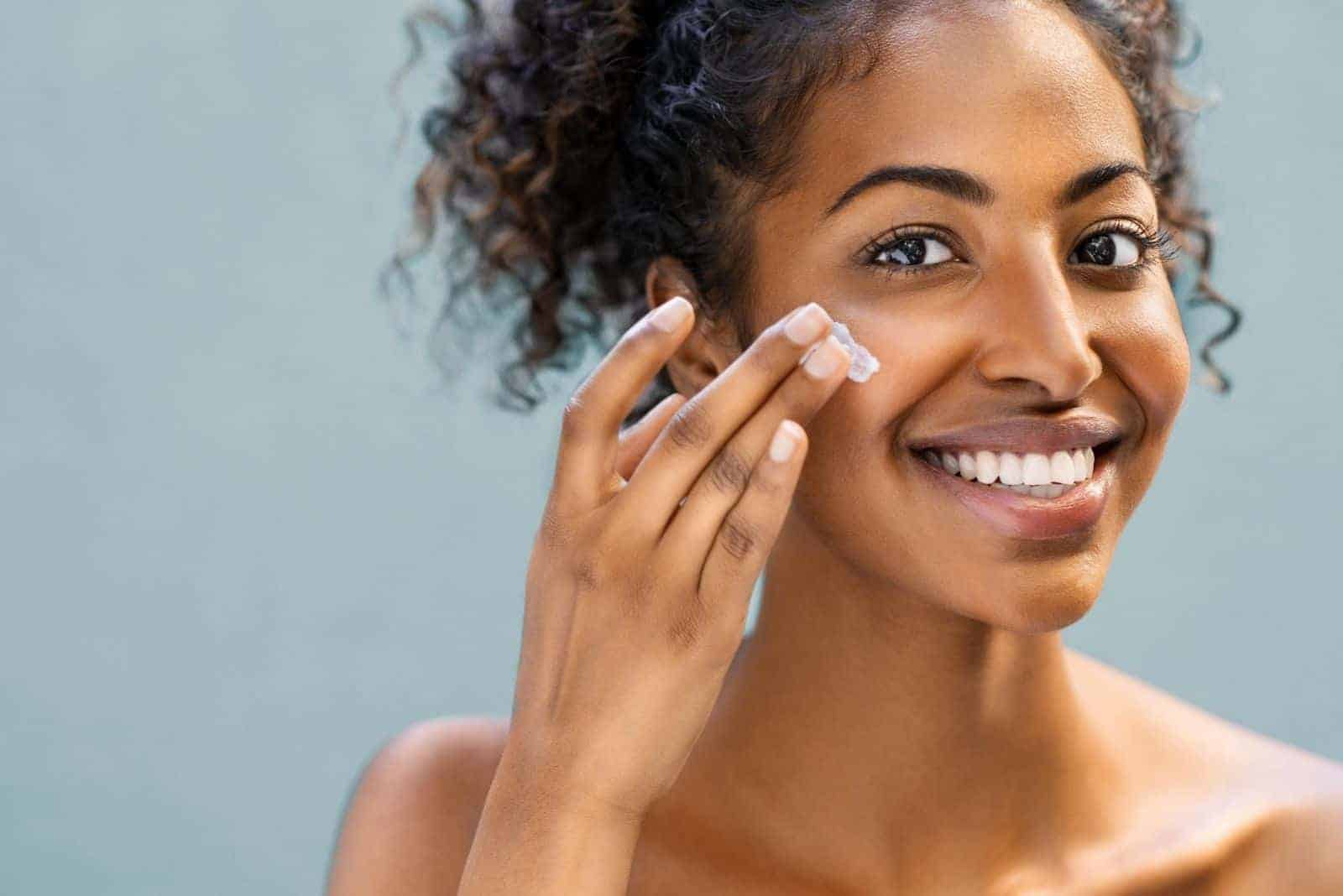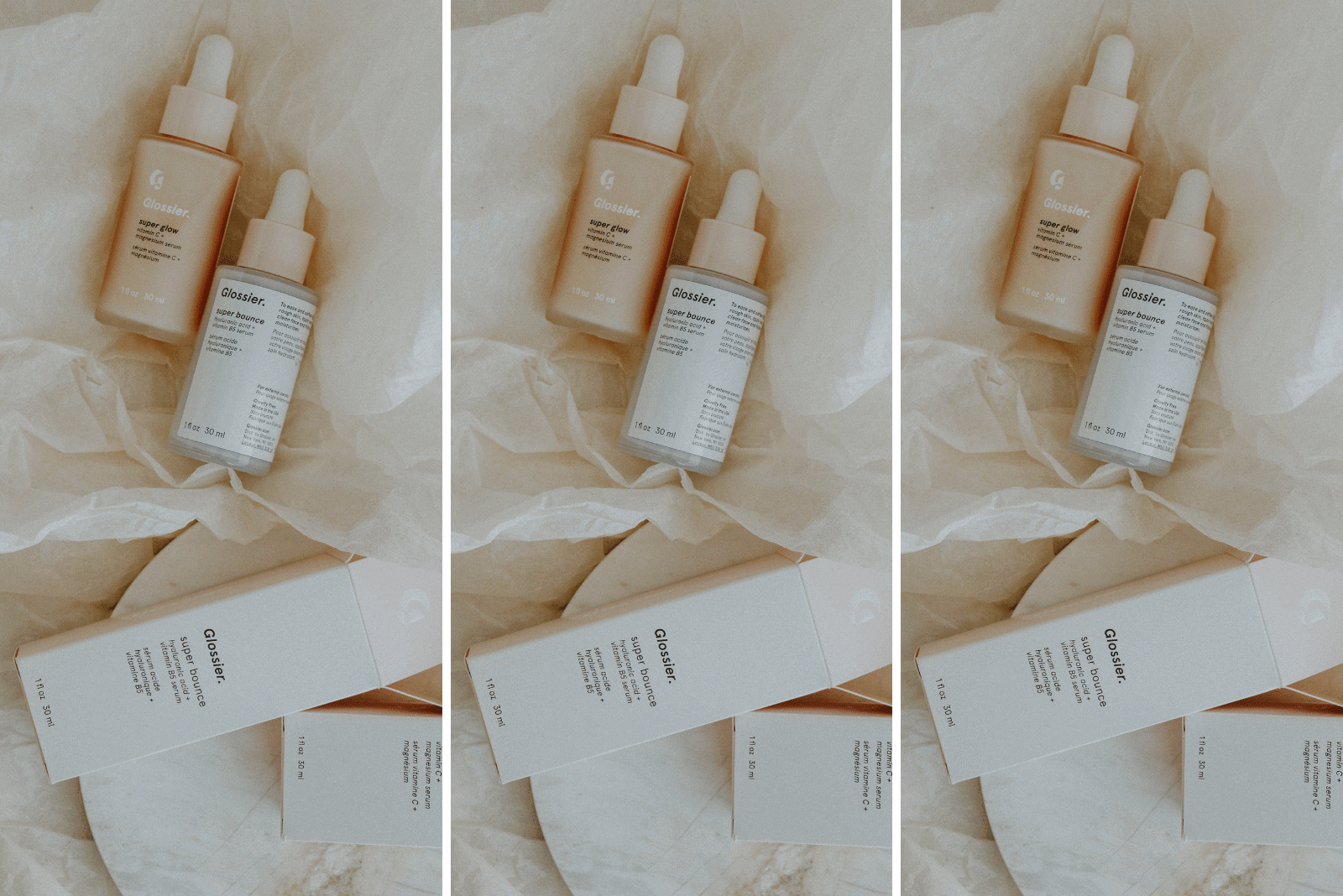
Consumers may find themselves asking: Is Glossier clean beauty? Is Glossier a good skincare brand? What is the Glossier controversy? This post will teach you everything you need to know about where Glossier products fall on the clean beauty spectrum. JCS has done the cross checking and research so you can enjoy clean products that work for you.
Glossier, a beauty brand founded in 2014, strives to produce accessible and affordable products for everyone. According to Glossier, every product is created with the consumer in mind. The brand also works to challenge traditional perspectives about beauty. The brand emphasizes personal connection with consumers and developing beauty as a personal style choice.
Glossier founder Emily Weiss addresses consumers directly with her blog Into the Gloss to discuss the brand, the products, and beauty in society.
According to Weiss, Glossier delivers “skincare, makeup, body care, and fragrance, all painstakingly perfected to be worthy of your [the consumer’s] bathroom shelf.” Although Glossier’s message has not been revised to include clean beauty as a part of its mission, the brand sells several products that have safe rating on “Think Dirty,” a popular product-safety evaluator. Several products have also been approved by the Environmental Working Group, a nonprofit organization dedicated to consumer health (see How to Tell if Your Beauty Products are Clean).
Glossier-Colored Glasses
As a popular, and well searched for brand, it is worth examining Glossier products to see what the brand has to offer (in terms of clean beauty).
In How the World Sees Beauty: A Letter from Emily Weiss, Glossier’s founder addresses consumers directly to discuss the connection between beauty and lifestyle. Glossier’s founder began the company for every day consumers, then she started a blog to address consumers directly.
Weiss refers to beauty as a concept that has taken on a narrow definition in society, adding that beauty in everyday life is the most valuable.
“…beauty has taken on an increasingly narrow definition: beauty equals physicality. Vanity. Superficial worship. Frivolity. Skin. Hair. Makeup,” Weiss writes. “But, what about beauty as a quality of experience? What about the beauty in your journey, in your day, in your friendships, in your risks, in your growth, in your failures?”
Weiss calls for consumers to embrace the brand’s vision and change the way consumers see beauty to incorporate a lifestyle rather than a bar to aspire to:
“What happens, what can we all do, and who can we become, when we start with ourselves and then turn our gaze outward, seeing the world through Glossier colored glasses?,” Weiss writes. “Finding a way to live with optimism and see beauty in whatever phase we’re in, even as things get harder and the stakes get higher.”
Why Clean Beauty Matters
The popularity of clean beauty, and healthy ingredients, has increased in popularity since 2014. Over time, misleading marketing has prompted consumers to question the safety of personal products more closely.
According to The Washington Post the “clean skin-care category makes up 13 percent of high-end skin-care sales, more than double the size from four years earlier” and the 19 billion dollar clean beauty market grew 14 percent in 2019.
The toll of the cosmetics industry on health has become increasingly clear. Many brands are finding ways to create clean, natural, or organic products for consumers to prevent the use of harsh chemicals. This change is reflected in consumer habits, the rise of clean product databases, and the popularity of clean beauty stores. Consumers are more likely than ever before to check the ingredients in products before buying.
Consumer Advocacy
Activist groups such as the Environmental Working Group, EWG, have increased efforts to advocate for consumer safety as more evidence is revealed about the toll of harsh chemicals on consumer health. In a testimony before the House Committee on Energy and Commerce, the EGW senior vice president Scott Faber cited the effect of harsh chemicals as a reason to reexamine the regulation of beauty products.
According to Faber’s testimony, “Since 2009, 617 cosmetics manufacturers have reported using 93 chemicals that have been linked to cancer, birth defects or reproductive harm in more than 81,000 products.” (See chemicals cited in Faber’s report here)
According to Faber’s testimony, these chemicals cause chronic health concerns. In light of the science behind the need for safe skin care products, the EWG works to evaluate products for consumer safety on a scale of 1-10. A rating of one is safest, while a rating of 10 is the most toxic.
Glossier Ingredients
@Liubov Ilchuk/Unsplash
The EWG has determined the following Glossier products eligible for the following safety scores:
Glossier products with a high toxicity rating are not listed here, please see the EWG website for more information about products that did not receive a safe rating. (1 is rated as safest-10 is toxic)
| Glossier Product Name | EWG Safety Rating (as of Jan 28 2021) |
| Super Glow | 1 |
| Lidstar | 2 |
| Haloscope, Topaz | 2 |
| Super Bounce | 1 |
| Haloscope, Quartz | 2 |
| Haloscope, Moonstone | 2 |
| Boy Brow | 2 |
| Stretch Concealer | 2 |
| Balm Dotcom, Original | 2 |
| Soothing Face Mist | 2 |
| Cloud Paint Dusk | 2 |
| Perfecting Skin Tint | 2 |
| Cloud Paint Puff | 2 |
| Cloud Paint Haze | 2 |
| Mega Greens Galaxy Pack Detoxifying Face Mask | 2 |
| Glossier Soothing Face Mist (2017 Formulation) | 2 |
Where Are Glossier Products Manufactured?
According to Finder, a business index that records data about manufacturers in the United States, Glossier is manufactured in the US. According to the Glossier Supply Chain Transparency Disclaimer, the brand is compliant with the “UK Modern Slavery Act 2015 and California Transparency in Supply Chains Act of 2010”
Is Glossier Bad For Your Skin?
Whether or not a brand is bad for your skin is a very personal question. Personal skin conditions and allergies could result in one product not working for your skin type. Any time you try a new product it is best to consider your skin type and to consult a professional about whether the ingredients in a product will work for your skin.
Since everyone’s skin is different, there is no easy answer to whether or not Glossier is “bad” for your skin. Many of the products are safe and clean according to the database, but your personal skin conditions could cause a reaction.
Recap: Is Glossier Clean Beauty?
The short answer is some products from Glossier are cleaner than others. Although you may be tempted to shop for brands that only offer clean products as a clean beauty enthusiast, some Glossier products have a safe score and have been approved by the EWG. Before you decide to dismiss Glossier as a brand that isn’t “clean,” remember that clean beauty is a spectrum. Not all brands, or all products offered by a brand will be clean. That’s why it is important to evaluate what brands have to offer. As a popular brand, Glossier is worth considering when shopping for clean beauty products. I hope this helps you find more products that work for you.
Please feel free to comment. I’d love to hear how Glossier is working for you. Don’t forget to save to Pinterest for later!



